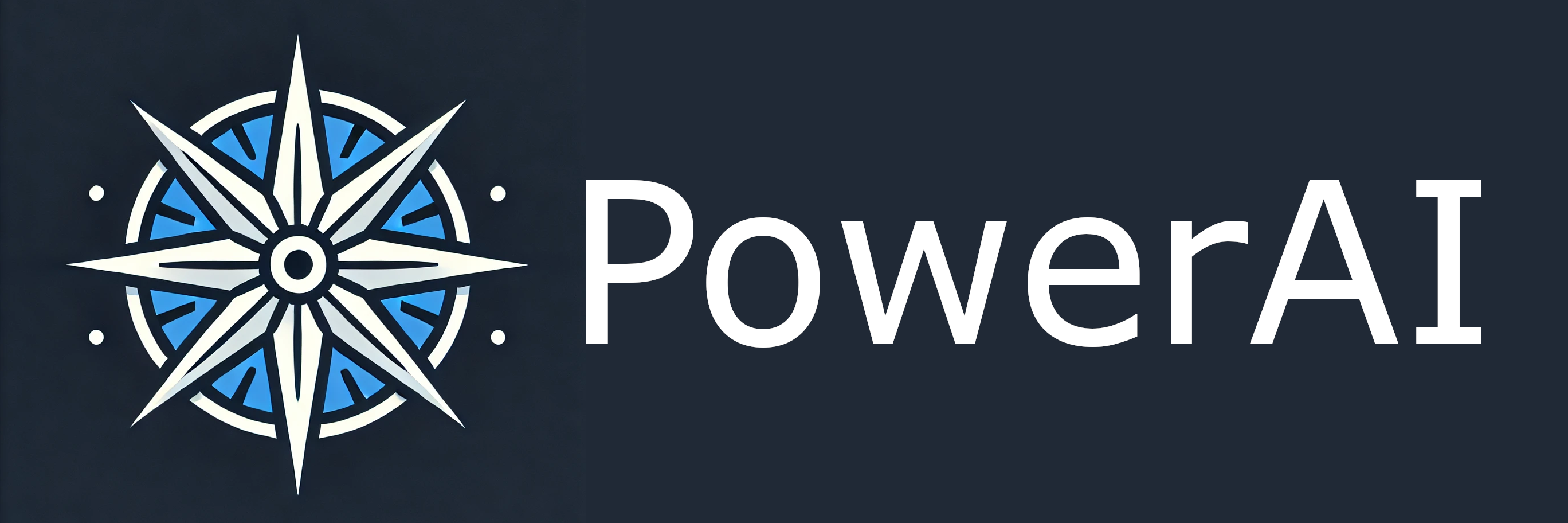Optimizing Overhead Distribution Planning with PowerAI
In the evolving landscape of energy distribution, utilities are constantly seeking innovative ways to enhance the reliability, efficiency, and resilience of their power networks. Overhead distribution planning, a critical aspect of maintaining a stable electrical grid, has traditionally been a complex and resource-intensive process. However, with the advent of advanced artificial intelligence (AI) technologies, this landscape is rapidly changing. PowerAI, a cutting-edge AI-powered solution, is leading the charge in revolutionizing overhead distribution planning.
Understanding Overhead Distribution Planning
Overhead distribution systems are the backbone of electricity delivery in many regions, particularly in rural and suburban areas. These systems involve a network of poles, wires, transformers, and other equipment that deliver electricity from substations to end-users. Planning and maintaining this infrastructure is crucial for ensuring uninterrupted power supply, especially in the face of growing energy demands and increasing environmental challenges.
Traditionally, overhead distribution planning has relied on manual processes, historical data analysis, and the expertise of engineers. While effective, these methods are time-consuming and often result in suboptimal decisions due to the sheer complexity of variables involved—ranging from load forecasting and weather patterns to equipment aging and vegetation management.
The Role of PowerAI in Overhead Distribution Planning
PowerAI leverages the power of machine learning, predictive analytics, and big data to streamline and optimize the overhead distribution planning process. Here's how PowerAI is transforming this critical function:
1. Data-Driven Decision Making
PowerAI aggregates and analyzes vast amounts of data from various sources, including weather forecasts, load demand predictions, and historical outage data. By processing this information in real-time, PowerAI provides planners with actionable insights, helping them make informed decisions about where to reinforce infrastructure, prioritize maintenance, or deploy resources more effectively.
2. Predictive Maintenance
One of the most significant advantages of PowerAI is its ability to predict equipment failures before they occur. By analyzing patterns in historical maintenance records and real-time sensor data, PowerAI can identify potential weak points in the distribution network. This predictive capability allows utilities to proactively schedule maintenance, reducing the likelihood of unexpected outages and extending the lifespan of critical infrastructure.
3. Optimized Asset Management
PowerAI's advanced algorithms can evaluate the condition and performance of overhead distribution assets, such as poles and transformers, and recommend optimal replacement or refurbishment schedules. This approach ensures that investments in infrastructure upgrades are both timely and cost-effective, minimizing unnecessary expenses while maximizing system reliability.
4. Enhanced Resilience Planning
With the increasing frequency of extreme weather events, resilience planning has become a top priority for utilities. PowerAI's ability to simulate various scenarios, including severe storms, wildfires, and other natural disasters, enables utilities to develop more robust contingency plans. By understanding how different events might impact the overhead distribution network, utilities can take preemptive measures to protect critical infrastructure and restore power more quickly after disruptions.
5. Real-Time Monitoring and Adaptation
PowerAI continuously monitors the overhead distribution network, detecting anomalies and potential issues as they arise. This real-time monitoring capability allows utilities to respond swiftly to emerging problems, minimizing downtime and ensuring a more reliable power supply. Additionally, PowerAI can adapt its recommendations based on changing conditions, providing a dynamic planning tool that evolves with the needs of the grid.
Conclusion
As the energy sector continues to navigate the challenges of aging infrastructure, increasing demand, and climate change, the adoption of advanced technologies like PowerAI is not just a luxury—it's a necessity. By optimizing overhead distribution planning, PowerAI helps utilities deliver power more efficiently, maintain system reliability, and ensure a resilient grid for the future.
Incorporating AI into overhead distribution planning represents a significant leap forward in the quest for a smarter, more sustainable energy future. With PowerAI at the helm, utilities are better equipped to meet the challenges of today and tomorrow, paving the way for a more resilient and reliable power grid.
